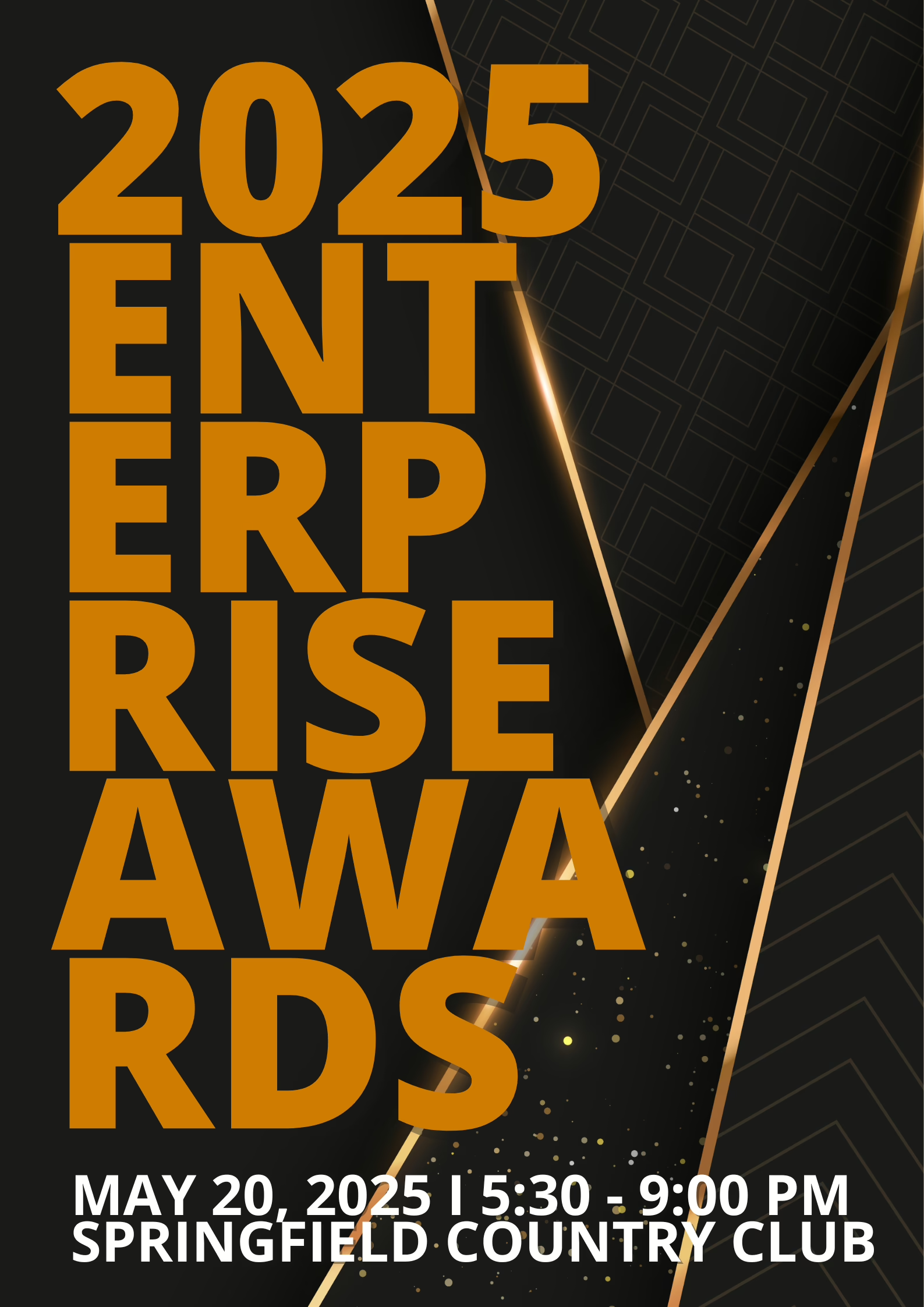Grow your business with SaaS accounting
By Brian Dietz, Partner at Wipfli LLP
Prior to software as a service (SaaS), the sales cycle was straightforward. It was lengthy, but when you were successful in landing a customer, wins were big, and you were able to move onto the next prospect.
With SaaS, that business model changes. Suddenly customer relationships have to be nurtured long term. And while you still need to master that initial sales stage, it’s even more critical to focus on customer retention and expansion.
That’s why your business needs to enhance the way it understands and uses data. Managing subscription economics — from churn rates and pricing strategies to the cost of customer acquisition — is complex. Financial leaders need to be able to understand the full extent of your organizational data — and that requires both scalability and agility.
To effectively manage your data, consider upgrading your SaaS accounting capability.
Why you need a modern accounting system
Legacy accounting tools weren’t designed with the SaaS model in mind.
They usually only support separate orders for renewals, sales and expansions and can be limited to a fragmented customer story. They also make it difficult to navigate complex revenue recognition. And while you can work around these limitations with spreadsheets, manual systems are a time-consuming burden for your financial team and they’re prone to errors.
Relying on these legacy systems can set your organization back with scalability issues and knowledge gaps.
Upgrading to a modern accounting system helps you unify your SaaS revenue recognition and automate tasks that are central to your customer life cycle. They have the capability you need to manage contract-based business models — including accommodating recurring revenue — making it easier for you to focus on strategic reporting and accelerate the quote-to-cash (QTC) cycle.
Setting up your modern accounting system
Creating an effective implementation plan is key to getting the most functionality out of your modern accounting system.
Start your plan by evaluating the metrics that identify meaningful, underlying business dynamics. Every business is different, from the customers they target to their pricing and growth trajectories. To identify the metrics you need to track, focus on your churn and net dollar retention.
You also need to consider the other factors that can impact metrics, such as:
- The length of your contracts
- Whether contracts are transactional or pure subscription
- Your “land and expand” dynamic
- Whether your business is young and high growth or more mature and low growth
- Whether customer usage is seasonal or intermittent
When done correctly, your financial leadership can use the planning stage to guide strategy and optimization efforts.
Automating and scaling in 5 steps
Automating effectively starts with understanding where your business lacks efficiency or visibility. Identifying these areas helps you better optimize your processes and make data-based decisions that drive growth.
Here’s how automation can help you scale your business in five steps:
- Step one: Integrate your QTC. Unify your sell and bill subscriptions so that you can avoid complex integrations and decrease your QTC processing time.
- Step two: Establish contract-based billing. Drive billing from the contract master so that you can eliminate manual input and have flexibility in your pricing and billing models. This also gives you greater insight into models so that you can complete ad hoc analytics and optimization. When paired with an integrated QTC, it allows you to identify new pricing models to grow revenue.
- Step three: Automate how you manage the customer life cycle and end-to-end revenue management. Once your billing, collection, general ledger, revenue recognition and contracts are all fully integrated, you can automate your revenue stream and save your team hours on reconciliations and calculations.
- Step four: Create dashboards to monitor SaaS and GAAP in real time. This provides you with accurate and timely information, helping you make better decisions about critical areas, from investments and acquisitions to churn reduction.
- Step five: Establish forecasting for your future revenue, expenses and cash so that you can plan around where you expect your business to go.
By taking these steps and moving beyond manual processes and outdated solutions, you can better position your business for growth.
How Wipfli can help
If you want to grow your business, you need to move beyond outdated tech and manual processes.
At Wipfli, our team supports you throughout the implementation process. We can help you select the software and functionality that best fits your needs, and we’ll continue to work with you on optimization.
Contact us today to learn how we can help you grow with a modern accounting system.
Sign up for more information on technology solutions or continue reading:
- 9 technology industry trends to expect in 2023
- Role of business model in change management
- Inflation conflation? VC funding for tech startups
- Check your vendor management program for fourth-party risk





